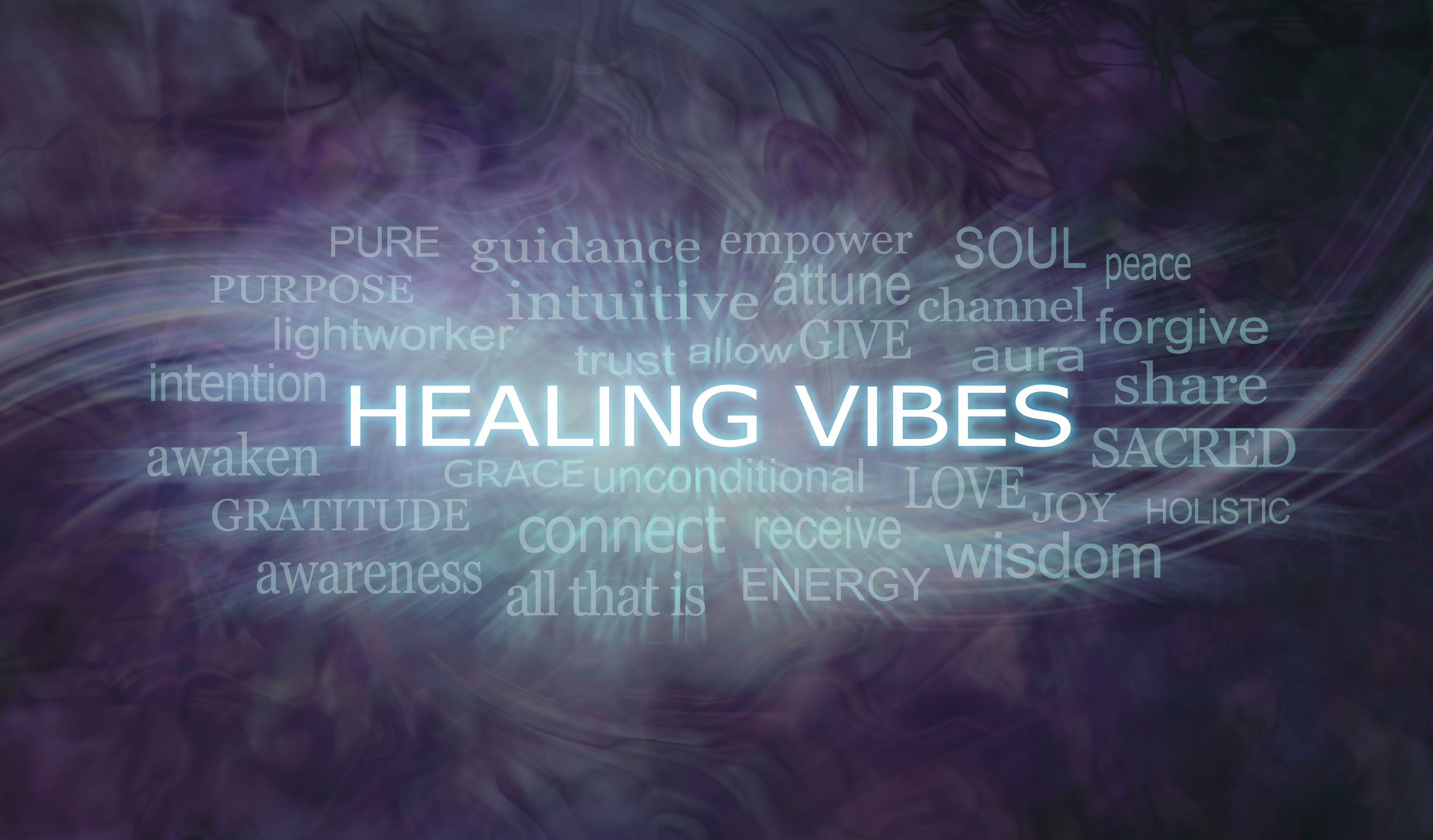Shame, that insidious and all-encompassing emotion, weaves its way through the intricate fabric of our lives. Its reach extends far beyond its surface manifestations, digging deep into the recesses of our psyche, often originating from early experiences that leave an indelible mark. The journey through shame and its connections to relational trauma is an exploration of profound significance. In this article, we delve into the intricate layers of shame, tracing its origins, its entanglement with trauma, and the ways in which it shapes our inner world.
The Echoes of Childhood: Foundations of Shame
Childhood, a time of vulnerability and malleability, lays the groundwork for our emotional landscape. Psychologist Piaget’s theory of the operational phase of thinking sheds light on this crucial phase. During childhood, the belief that everything revolves around oneself takes hold, making external events inextricably linked to one’s identity. The implications of this notion are far-reaching; neglect, abuse, or any adverse experience becomes internalized, forging a connection between the self and the trauma.
The Burden of Attribution: Blame and Self-Worth
The aftermath of relational trauma, such as abuse and neglect, often leads to a distressing pattern of attributions. Children confronted with adversity tend to internalize the experience, framing it within a lens of personal inadequacy. The very core of their being becomes tainted with the belief that they are inherently flawed. This self-blame, deeply ingrained, corrodes self-worth, fostering a sense of being a “bad person” due to their experiences.
The Perpetrator Within: The Evolution of an Internal Critic
As the trauma embeds itself into the psyche, an unexpected phenomenon unfolds – the perpetrator metamorphoses from an external figure to an internal critic. Individuals coping with trauma develop an inner voice, a vigilant guardian seeking to prevent further harm. This internal critic, while attempting to shield the self from harm, paradoxically perpetuates the cycle of shame. The struggle for self-control, rooted in the fear of being hurt again, becomes an inseparable aspect of one’s reality.
The Weight of Unmet Expectations: Facing Unaddressed Reactions
Central to the experience of shame is the burden of unmet expectations. Adults often grapple with their childhood reactions, agonizing over perceived failures to protect loved ones. The retrospective lens, however, often obscures the child’s limited agency and understanding. Revisiting these moments with empathy unveils the reality that these reactions were not shortcomings but a reflection of the child’s vulnerability and powerlessness.
Reconciling Love and Shame: The Complex Dichotomy
An unsettling facet of relational trauma is the duality it introduces. Survivors often find themselves in an intricate dance between love and shame, especially concerning their perpetrators. The paradox of loving the very individuals who caused pain engenders a profound sense of confusion and guilt. The tension between the heart’s compassion and the mind’s judgment becomes a persistent struggle, adding yet another layer to the intricate tapestry of shame.
The Timeless Resurgence: Trauma’s Perpetual Presence
Trauma is not confined to its origins; it endures as an uninvited guest in the present. The scars of the past, hidden beneath the surface, resurface continuously, stirred by the currents of everyday life. The past’s resonance reverberates within the body, bridging the gap between historical events and current experiences. This perpetual presence underscores the urgency of addressing trauma’s enduring grip.
Navigating the Present: Confronting Unsettled Trauma
As the echoes of relational trauma reverberate, the question arises: How can one navigate the present when tethered to the past? The journey toward healing necessitates a confrontation with internalised shame. Embracing the wounded inner child, understanding the limitations of the past, and fostering self-compassion all play integral roles in unravelling the suffocating embrace of shame.
Conclusion
Shame, born from the crucible of relational trauma, weaves a complex web that intertwines past and present, self and others, love and guilt. Its roots run deep, leaving imprints that influence perceptions, actions, and relationships. The path towards healing demands self-awareness, empathy, and a willingness to confront the narratives that shame weaves. Only through acknowledging and dismantling the layers of shame can individuals begin to break free from its grasp and forge a path towards self-discovery, compassion, and ultimately, liberation.







